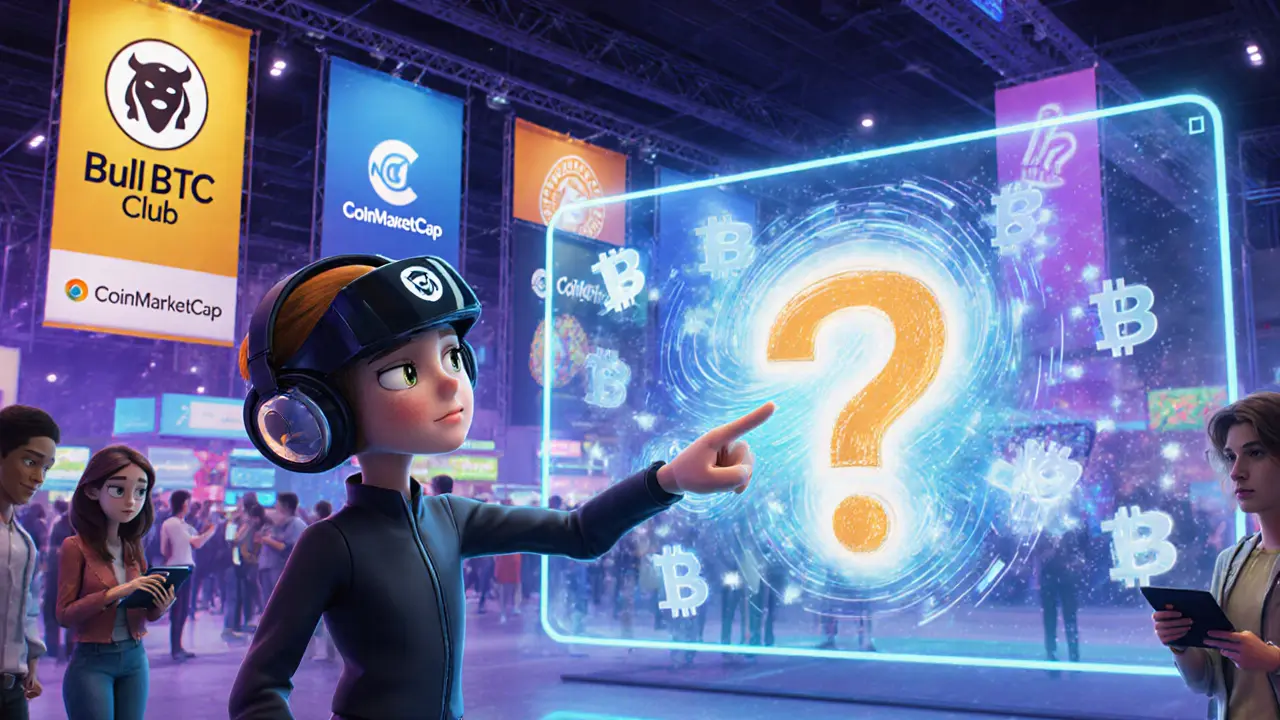NFT Mining: Where Crypto Mining Meets NFTs
When working with NFT mining, the practice of generating new non‑fungible tokens while solving cryptographic puzzles, much like traditional cryptocurrency mining. Also known as tokenized mining, it blends the concepts of play‑to‑earn NFTs, games or platforms that reward participants with tradable NFTs for completing on‑chain actions, NFT airdrops, free distribution events that send NFTs to eligible wallets and relies on robust smart contract platforms, blockchain layers such as Ethereum, Polygon, or Solana that enforce token logic and ownership. The result is a hybrid ecosystem where mining hardware not only yields coin rewards but also mints collectible NFTs.
Why NFT mining matters for miners and collectors
At its core, NFT mining expands the profit curve of traditional mining by adding a second revenue stream: each solved hash can mint a unique token that may appreciate independently of the base coin. This dual‑reward model encompasses asset diversification, requires understanding of both PoW/PoS dynamics and NFT market trends, and influences the overall value flow across chains. For example, a miner on a low‑fee network can churn out thousands of modest‑priced NFTs that collectively out‑perform a single Bitcoin block reward when the collection gains traction in a popular game or metaverse.
Getting started means setting up the right hardware, connecting a compatible wallet, and choosing a blockchain that supports NFT minting without crippling gas costs. Many miners opt for GPUs on Ethereum‑compatible sidechains because the same rigs can run DeFi yield farms and mint NFTs simultaneously. The critical piece is a smart contract that defines the NFT’s metadata, scarcity, and royalty structure. Once deployed, the contract automatically assigns newly minted NFTs to the miner’s address each time a valid proof is submitted.
Risks are real. Network congestion can spike transaction fees, turning profitable mining into a loss‑making activity. Volatile NFT markets mean a freshly minted token could sit worthless for weeks. Regulatory scrutiny around both crypto mining and NFTs adds another layer of uncertainty—some jurisdictions treat NFT sales as taxable events, while others may limit the energy consumption of mining operations. Understanding these variables helps you avoid the common pitfall of chasing hype without a solid cost‑benefit analysis.
Opportunities, however, are abundant. Early‑stage projects often launch NFT airdrops to bootstrap community interest, rewarding miners who support the network. Metaverse landlord NFTs, for instance, grant virtual land ownership that can generate passive income through rent or in‑game events. Platforms like SudoSwap introduce NFT AMMs (Automated Market Makers) that let miners provide liquidity and earn fees while their NFTs circulate. These mechanisms turn passive mining into an active participation in emerging digital economies.
If you’re ready to dip your toes, follow a simple three‑step plan: (1) select a low‑fee smart contract platform that aligns with your hardware; (2) secure a non‑custodial wallet that can interact with NFT minting contracts; (3) join community channels for upcoming NFT airdrops and play‑to‑earn games that reward miners. Monitoring on‑chain analytics dashboards will show you which NFTs are gaining traction, letting you adjust your strategy on the fly.
Below you’ll find a curated list of articles that break down each piece of the puzzle—from detailed airdrop guides and exchange reviews to deep dives on specific NFT projects. Whether you’re a seasoned miner looking to diversify or a newcomer curious about the NFT boom, the posts ahead will give you practical steps, risk assessments, and the latest trends shaping NFT mining today.
Bull BTC Club & CoinMarketCap Airdrop Details - What You Need to Know
Clear guide on Bull BTC Club, its NFT mining system, the BTC Bull Token, and why no official CoinMarketCap airdrop exists. Learn how to earn legit rewards and avoid scams.
